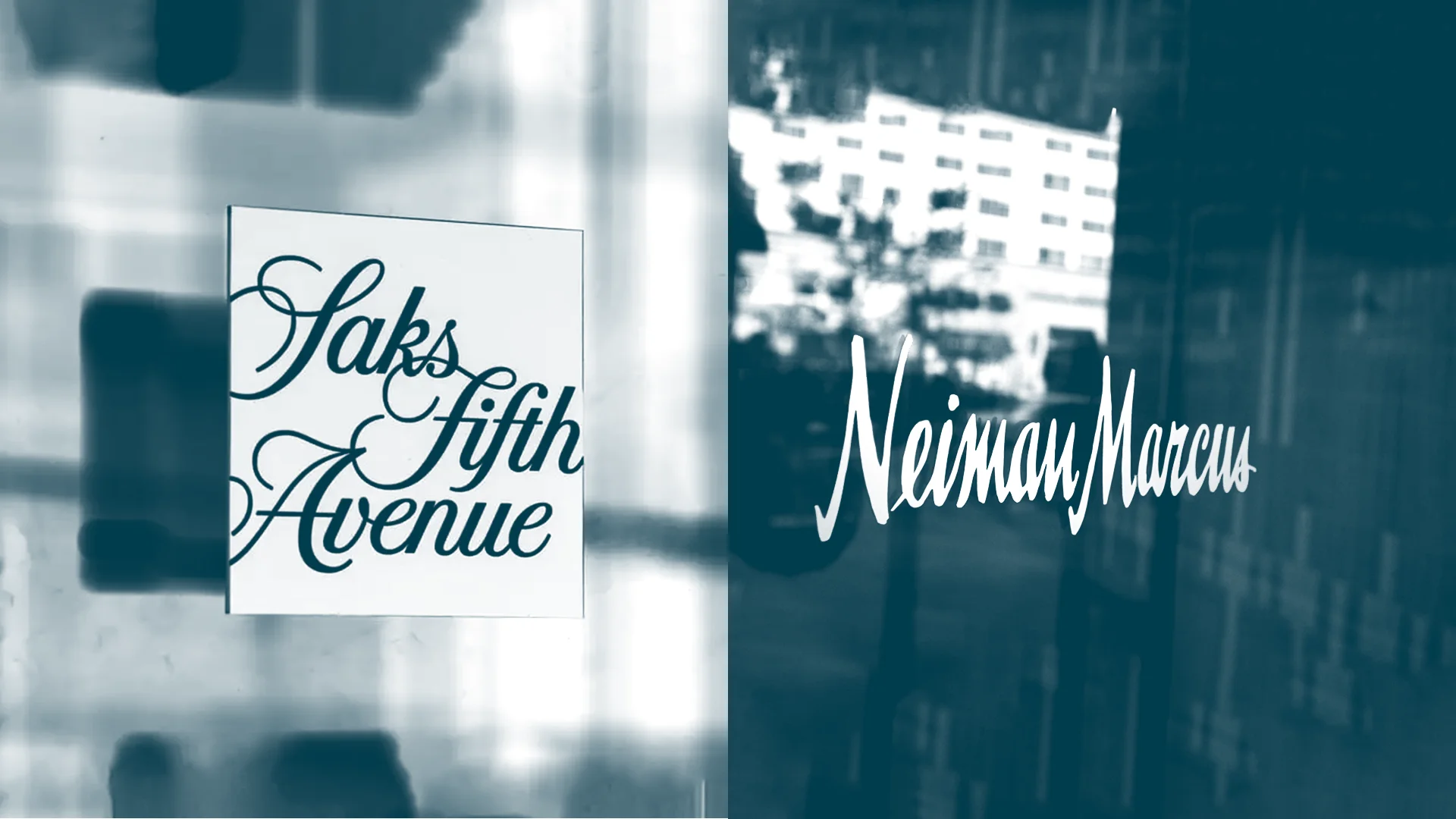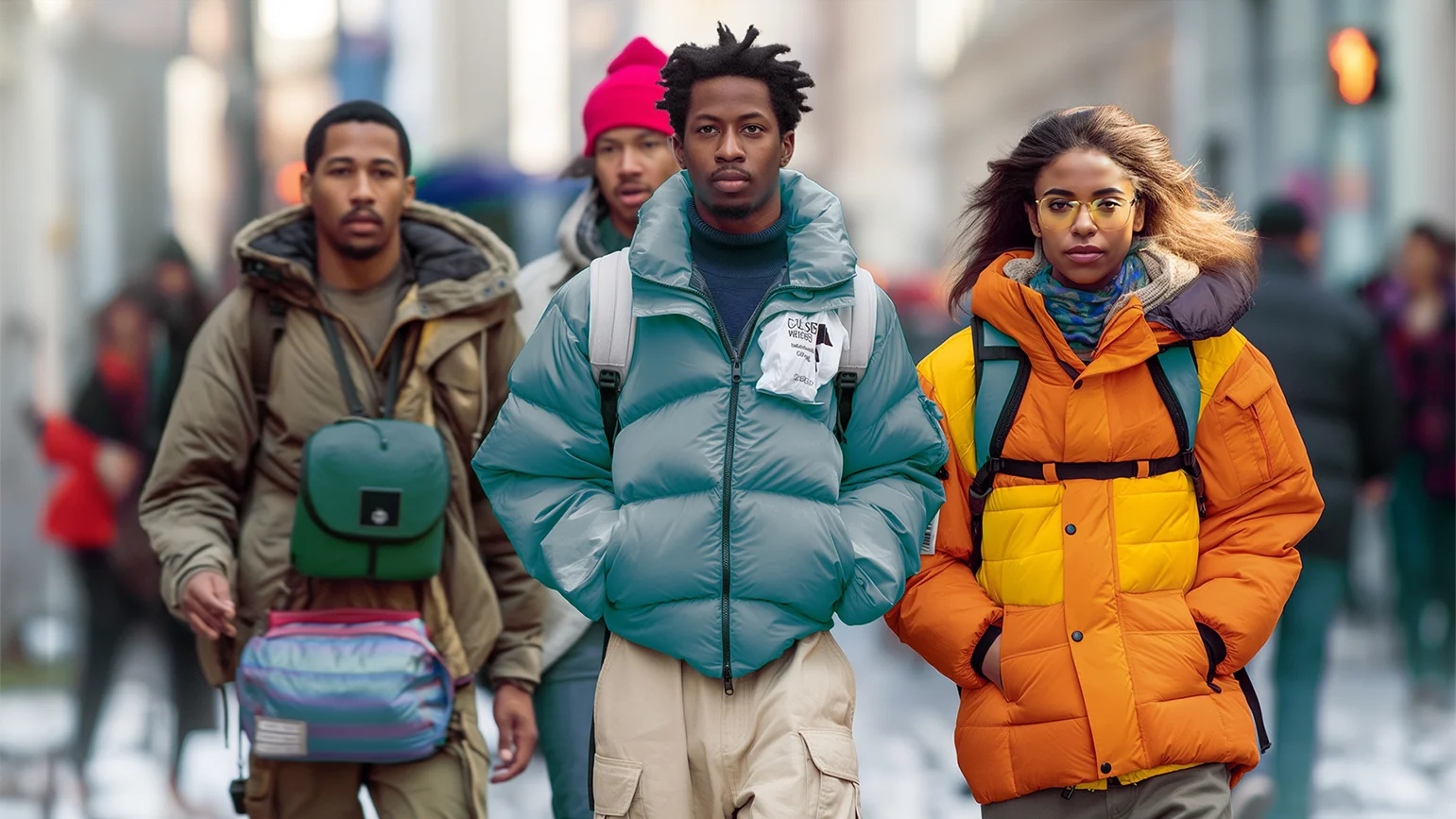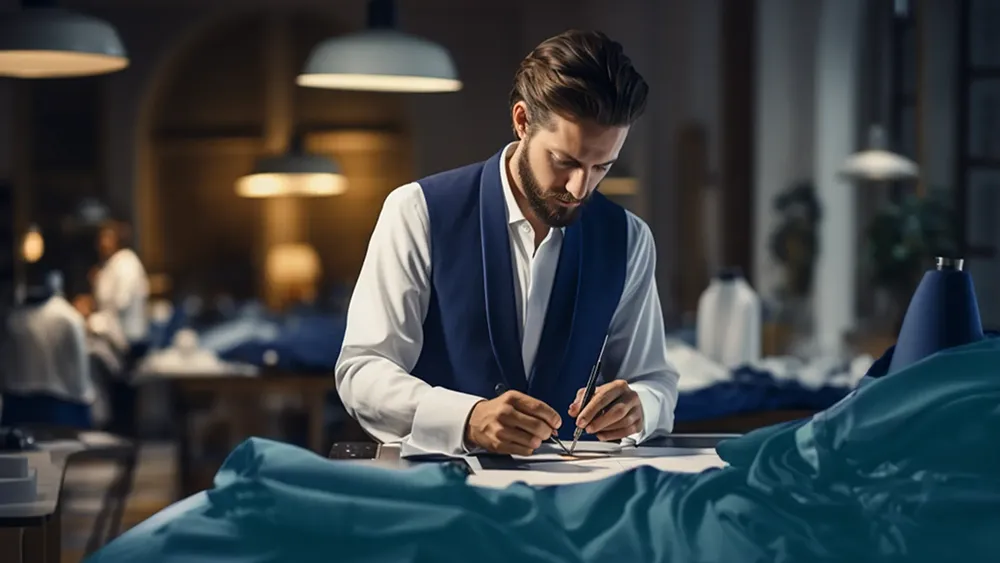A Fresh Take on “Old” Things
What do automotive and fashion have in common? When it comes to second-hand business models, quite a lot. Taking a cue from the Certified Pre-Owned car sale model, premium and luxury brands have adapted this circularity model to bring pre-vetted luxury resale in-house. This is a strategy that aligns true sustainability, giving pre-loved products a new life, with a brand-controlled business model.
While we are used to seeing both resale and rental within third-party models, like RealReal, Vestiaire Collective, Rent the Runway, and Vivrelle, luxury brands are actively bringing these circular business models in-house. This allows them to exercise crucial control over price, distribution, and messaging.
Balenciaga, Ulla Johnson, Rolex, and Audemars Piguet are just a few examples of luxury brands with established resale sites and/or certified pre-owned programs.

Other brands are even launching in-house rentals on their e-commerce platforms, including Vince, Ba&Sh, and Maje. To continue with the automotive analogy, you could almost say they are taking a page from the car leasing playbook. Next to authenticated resale, the rental business model is another revenue pillar to monetize products repeatedly while driving sustainability. From the customer’s point of view, brands are offering access to the latest products at a more affordable entry point, without the need to commit to a full purchase. This is a win-win for both!
This “pre-loved” trend is going beyond online to brick-and-mortar stores. For example, Loewe has just opened a Re-Craft store in Osaka, offering a range of repair and maintenance services for its leather goods, in addition to the sale of repurposed items.
Finally, LVMH is scaling new heights with Heristoria, a site for the most exclusive vintage products from a multitude of its labels. With this circularity concept, a sale is always tied in with a lesson in history and an exclusive product-connected experience. For example, the purchase of an iconic Givenchy black couture dress from the spring 1963 collection, worn by Audrey Hepburn, is coupled with a visit to the brand’s private Maison for tailoring.
If executed correctly, these innovative strategies around circularity can bring significant value creation to brands and customers, not just in terms of revenue generation, but also quality of experience and originality.



